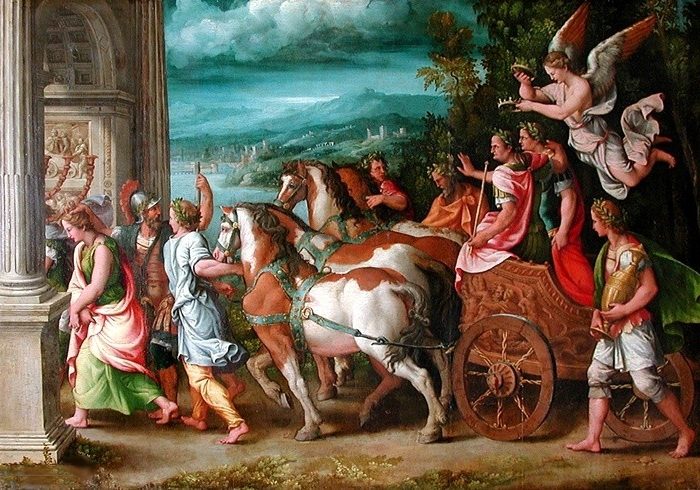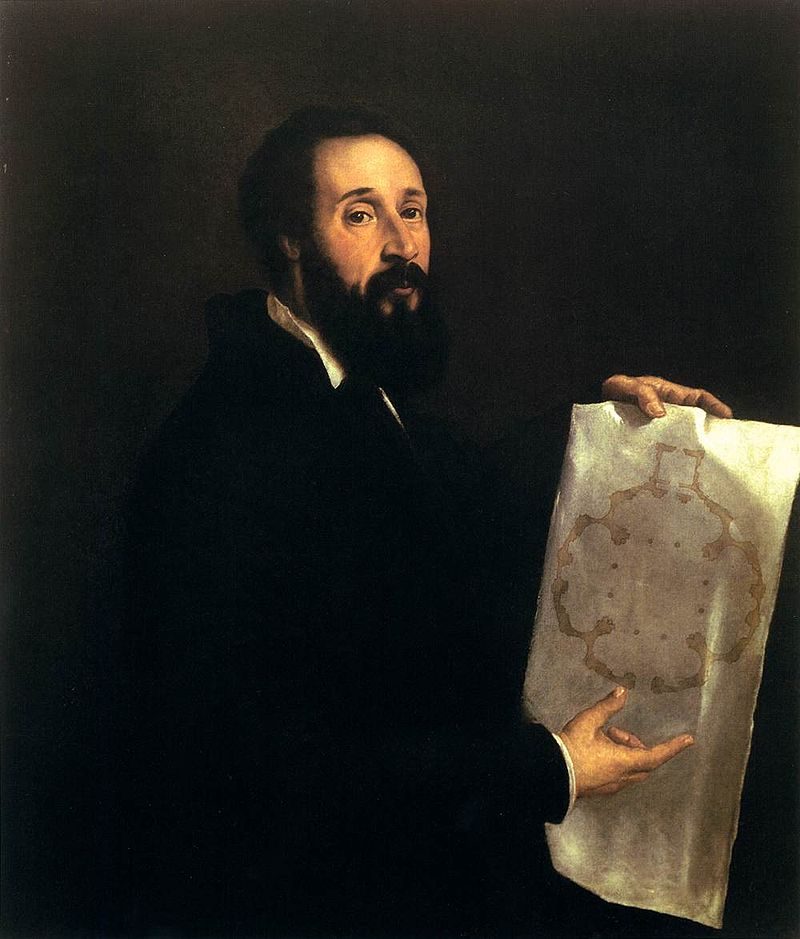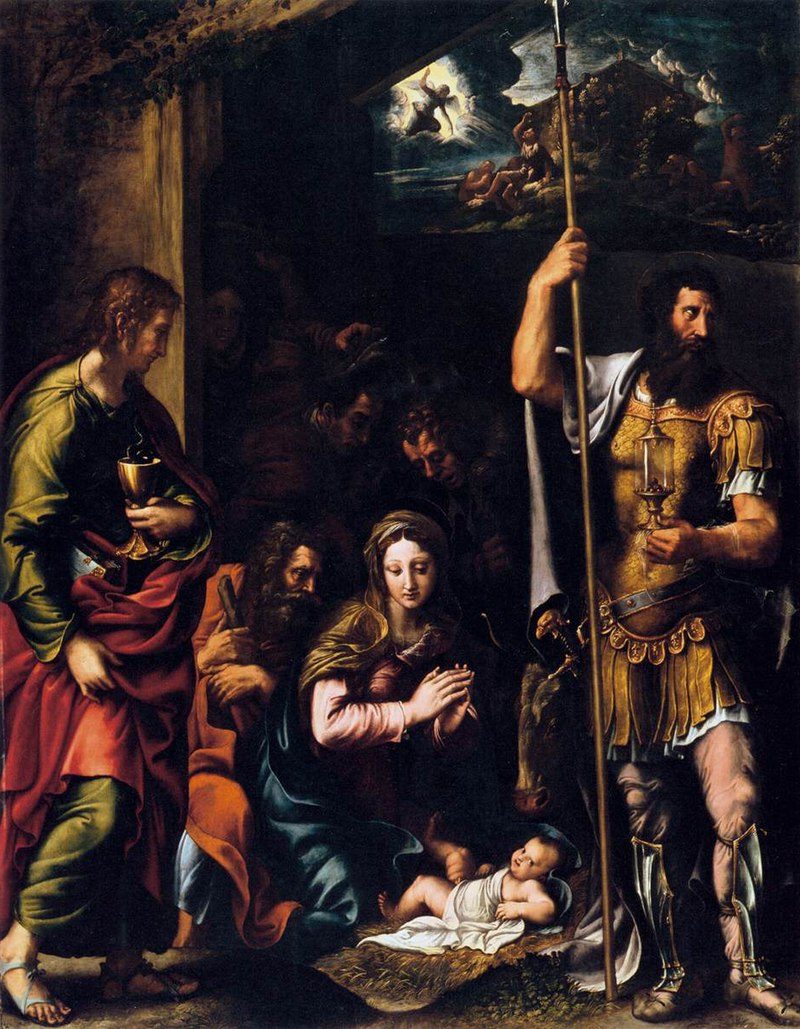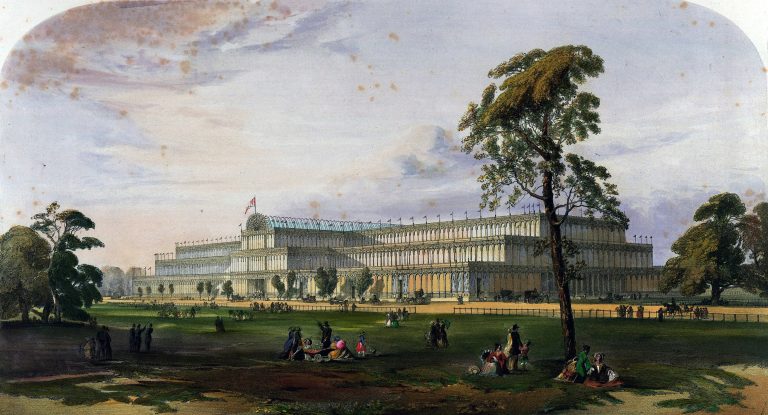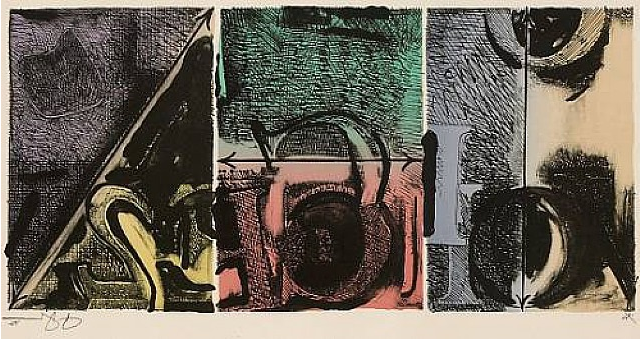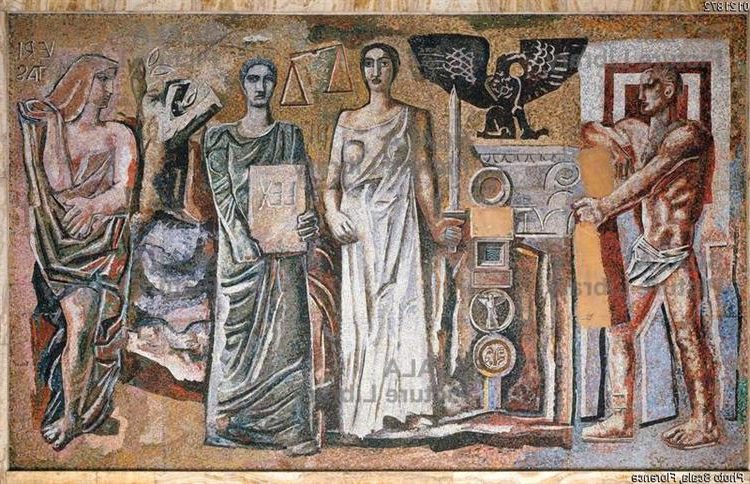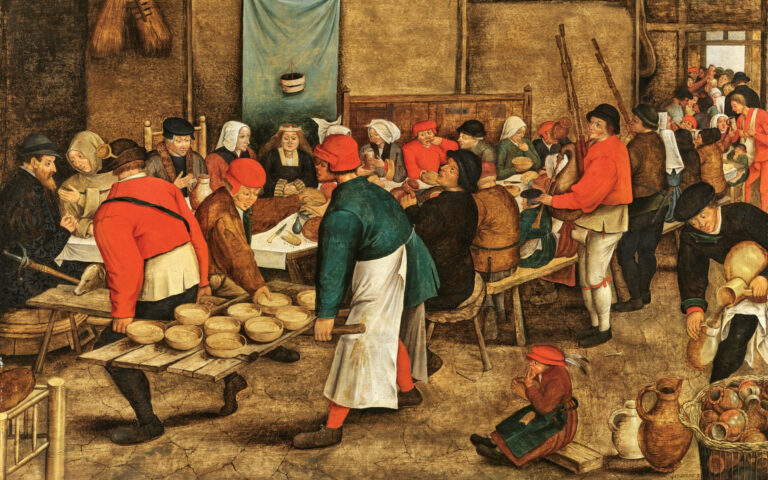Giulio Romano: Painter and Architect of Mannerist Masterpieces
Born: c. 1499, Rome, Papal States
Death: 1 November 1546, Mantua, Duchy of Mantua
Art Movement: Mannerism
Nationality: Italian
Teacher: Raphael
Giulio Romano: Painter and Architect of Mannerist Masterpieces
Life and Works of Giulio Romano
Giulio Romano was a key figure in Italian Renaissance art. He trained under Raphael, and later developed his own unique style. His career spanned work in Rome and Mantua.
Early Life and Training
Giulio Romano was born around 1499 in Rome. He showed artistic talent at a young age. As a teen, he joined Raphael’s workshop. There, he learned painting and architecture.


Romano helped with many of Raphael’s projects. He worked on frescoes in the Vatican. This early work shaped his skills and style.
Collaboration with Raphael
Romano became Raphael’s top student. He helped finish many of Raphael’s works after his death in 1520. These included the “Transfiguration” and Vatican frescoes.
Romano’s style began to change during this time. He added more drama and movement to his art. This shift marked the start of the Mannerist style.
Beyond Rome: Mantua and Later Works
In 1524, Romano moved to Mantua. He became the court artist for the Gonzaga family. Here, he created his most famous works.
Romano designed the Palazzo del Te. This grand building showcased his talent as an architect.
Inside, he painted vivid frescoes. The “Fall of the Giants” is his best-known work there.
He also made designs for tapestries and metalwork. Romano’s style influenced many later artists. He died in 1546, leaving a rich artistic legacy.
Artistic Style and Contributions
Giulio Romano shaped the development of Mannerism through his innovative artistic techniques and architectural designs. He pushed beyond High Renaissance ideals to create a new, expressive style.
Development of Mannerism
Romano pioneered key elements of Mannerism in his paintings. He used exaggerated poses, distorted proportions, and unusual color schemes. This moved away from the balance and harmony of the High Renaissance.

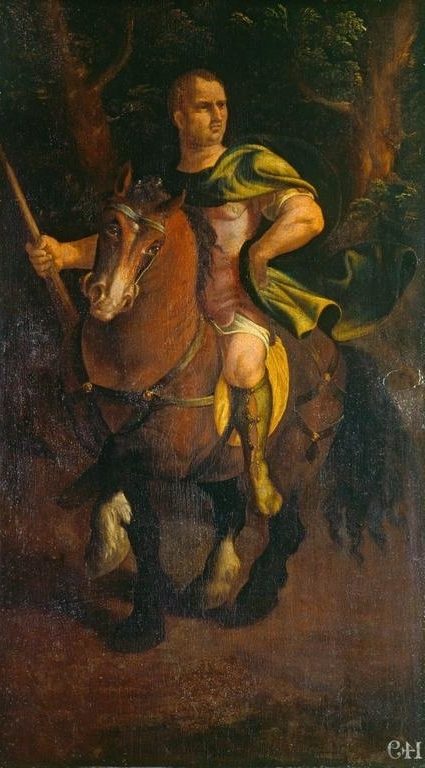
Romano’s figures often had elongated limbs and dramatic twisting poses. He painted scenes with crowded, complex compositions. His colors were bold and sometimes clashing.
These stylistic choices created visual tension and drama. They influenced many other artists of the period. Romano’s work helped define the anticlassical tendencies of Mannerism.
Architectural Achievements
Romano made important contributions to architecture as well as painting. His most famous building is the Palazzo del Te in Mantua.
This palace shows Romano’s creative approach to classical forms. He used traditional elements in unexpected ways. The building has exaggerated details and deliberate “mistakes” in its design.
Inside, Romano created elaborate frescoes and stucco decorations. These blur the lines between architecture and painting. The result is a playful, visually rich environment.
Notable Frescoes and Illusionism
Romano was a master of illusionistic frescoes. He painted walls and ceilings to look like extensions of real space. This created immersive, three-dimensional effects.


His work in the Vatican includes frescoes in the Sala di Costantino. These show his skill at large-scale compositions. Romano completed these after Raphael’s death.
In the Palazzo del Te, Romano’s frescoes are especially bold. The “Fall of the Giants” is a striking example. It covers an entire room with tumbling figures and crumbling architecture.
These frescoes showcase Romano’s vivid imagination and technical skill. They push the boundaries of what was possible in wall painting.
Legacy and Impact on Art History
Giulio Romano left a lasting mark on Renaissance art and architecture. His bold style and innovative designs influenced many artists who came after him.
Giulio Romano’s Influence on Peers and Successors
Romano’s work shaped the development of Mannerism in Italy. His dramatic use of light, space, and movement inspired other artists to push boundaries.
Giorgio Vasari praised Romano’s talent in his famous book about Renaissance artists.
Romano’s designs for the Palazzo del Te in Mantua were copied by architects across Europe. His drawings and prints spread his ideas far beyond Italy. Even William Shakespeare knew of Romano’s fame, mentioning him in “The Winter’s Tale.”
Preservation and Study of His Works
Many of Romano’s paintings and frescoes still exist today. Art historians study them to learn about Renaissance techniques and styles.
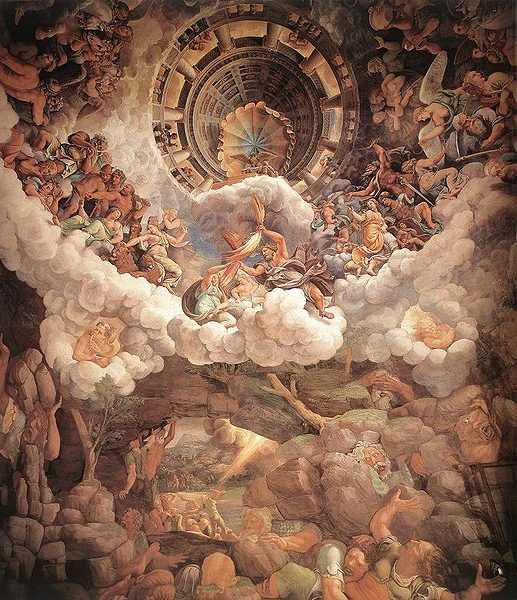

The Louvre in Paris has some of his best paintings. The Villa Farnesina in Rome shows his early work with Raphael.
Museums and private collectors prize Romano’s drawings. These sketches give insight into his creative process.
Scholars continue to debate Romano’s role as Raphael’s heir and artistic executor. New research keeps adding to our understanding of this important Renaissance master.
Frequently Asked Questions
Giulio Romano was a prominent Italian Renaissance artist known for his paintings, architecture, and influence on the Mannerist style. His work and contributions shaped the art world of 16th century Italy.
What is Giulio Romano famous for?
Giulio Romano is famous for being Raphael’s top student and heir. He played a key role in finishing Raphael’s unfinished works after his death in 1520. Romano is also known for his own paintings and buildings that helped start the Mannerist style.
What are the significant contributions of Giulio Romano to Renaissance art?
Romano helped bridge the High Renaissance and Mannerist periods. He finished important projects left incomplete by Raphael, like frescoes in the Vatican. Romano’s own works pushed art in new directions with dramatic poses and vivid colors.
Which notable works of art were created by Giulio Romano?
Romano created many famous paintings and buildings. His frescoes in the Palazzo del Te in Mantua are well-known. The Fall of the Giants is a striking example of his work there. He also designed the entire palace, showing his skill as an architect.
How did Giulio Romano influence the Mannerist movement in painting?
Romano was a key figure in developing the Mannerist style. His art moved away from the balance of the High Renaissance. He used unusual poses, bright colors, and complex compositions. These traits became hallmarks of Mannerism.
Can you describe the characteristics of Giulio Romano’s artistic style?
Romano’s style mixed classical elements with new ideas. He used strong colors and dramatic lighting. His figures often had exaggerated poses. Romano liked to include lots of detail and motion in his work. His style was bold and eye-catching.
What was Giulio Romano’s role and impact during the Italian Renaissance?
Romano was a major artist in the late Renaissance. He helped carry on Raphael’s legacy after his death. Romano’s own art pushed boundaries and inspired new trends. He was both a painter and architect. This helped him shape the look of buildings and artwork across Italy.

